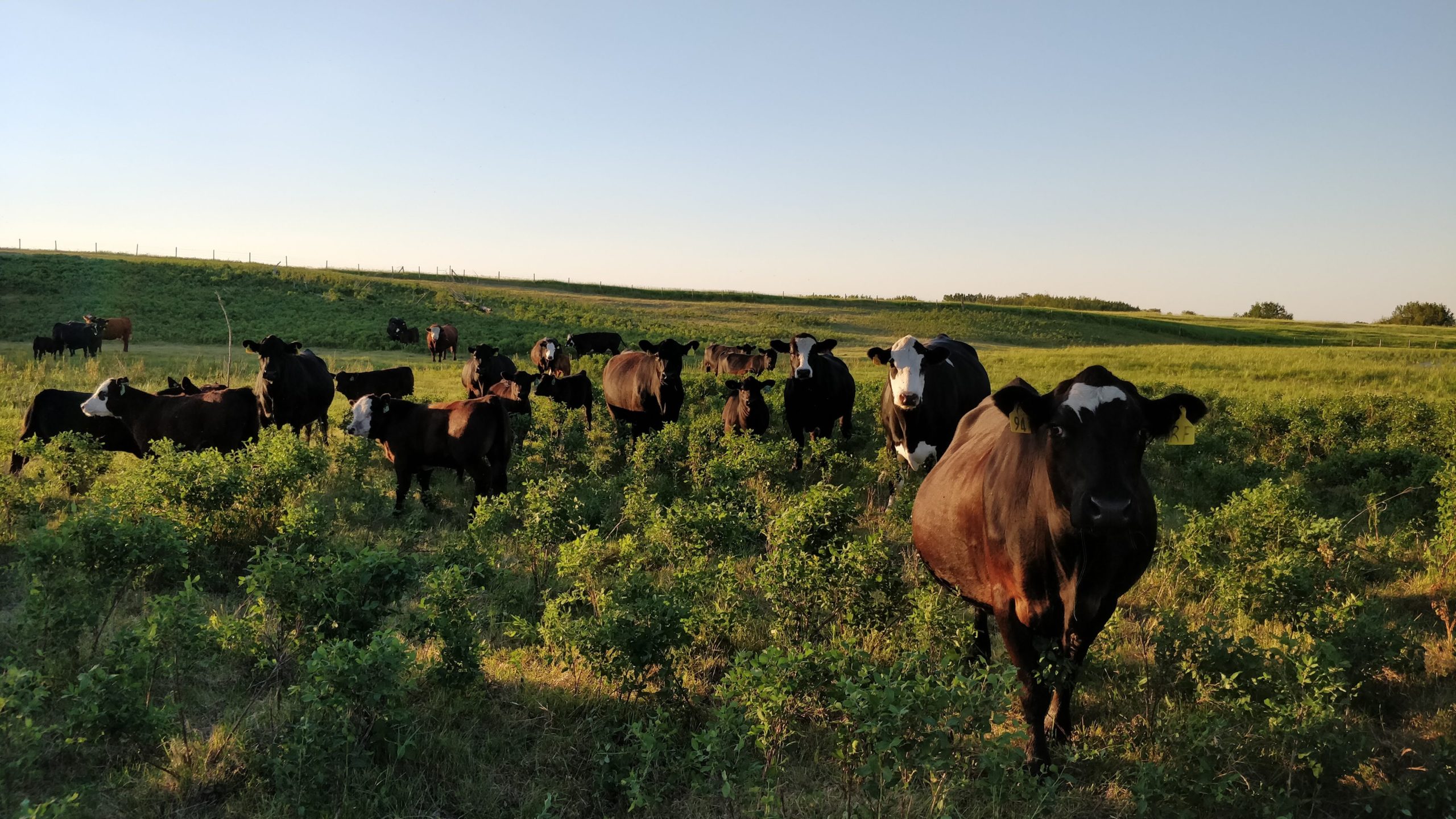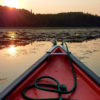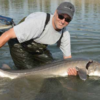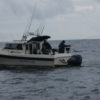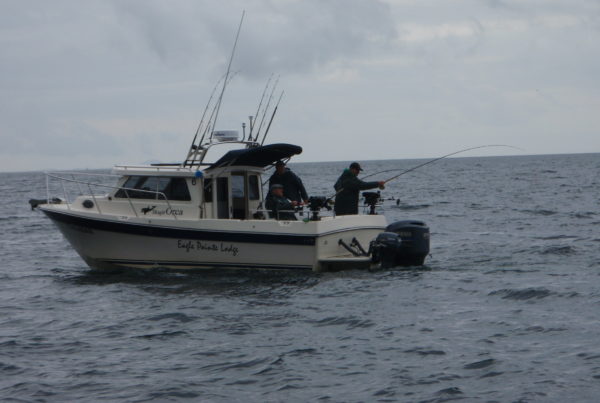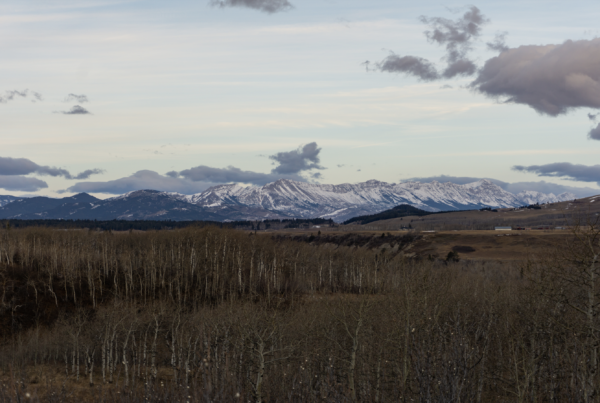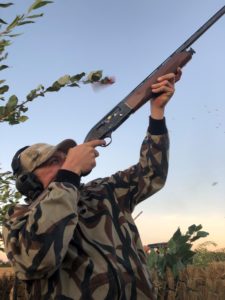
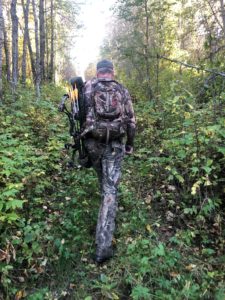
Submitted by: Alberta Environment and Parks
Hunting heritage runs deep in Alberta and is a tradition family and friends have taken part in for many years. Whether you are hunting on private land or on Crown land, hunters play an important role in wildlife management. However, figuring out where to go and how to access the land isn’t always easy. Every year Alberta Environment and Parks receive many variations of the same question: how to access agricultural Crown land for hunting purposes. Agricultural Crown land is land that is leased out for cattle or cultivation, and it may seem like private property when it’s surrounded by fences and gates. This land is available for recreation; however, there are steps that you need to follow in order to properly access it.
Once you’ve determined that the land you wish to hunt on is agricultural Crown land, you need to contact the leaseholder prior to accessing the land. Contact information can be found online in the Recreational Access Internet Mapping Tool. Fall is a busy time for both hunters and leaseholders, so make sure you contact them early on to plan your hunt. This conversation is a great time to build a relationship with the leaseholder, learn about hazards or sensitive areas on the land, and where to park when you arrive. You need to be prepared to provide them with your contact information, when you would like to access the lease, how many people are in your hunting party and the license plates of your vehicles.
Every lease is different and may have special conditions put on by the leaseholder or government to help facilitate access. There are times when the leaseholder will deny you access under the Recreational Access Regulation. These include if livestock are present, their crop has not been harvested, you wish to discharge a firearm or hunt unreasonable close to livestock in a fenced pasture. You may also be denied access if you are not on foot, you want to camp or there is a fire ban in effect. Some leases in southern Alberta also have user limits, which only allow a certain number of hunters on the land each day. These limits are put in place to ensure public safety, animal health and proper land management.
If you are denied access, make sure to first politely ask the leaseholder under which condition of the Recreational Access Regulation they are denying access. If it is outside of the regulation, you can contact a local agrologist to facilitate a discussion around access. There is a formal dispute process if this discussion doesn’t result in a conclusion; however, this process will take at least seven days. It is in your best interest to try to settle access disputes with the leaseholder.
While agricultural Crown land provides over five million acres of hunting opportunity, there is 100 million acres of Crown land that provides unique hunting opportunities. Not all Crown land is managed in the same way, so make sure to check the restrictions for wherever you are going. It is your responsibility as a hunter to know the laws and regulations, and do your part to maintain the integrity of reputation of hunters and hunting in general. For more information on accessing agricultural Crown land, please visit alberta.ca and search ‘Recreation on agricultural Crown land.’
Be respectful of landowners, leaseholders, the public and other hunters. Enjoy your season!
